Why do raspberry leaves curl and dry up and how to fix it
When raspberry leaves curl up, gardeners get worried. In autumn it is a natural process, and in summer it is a dangerous symptom. Deformation and collapse indicate that the plant is not being properly cared for or is suffering from infections and pests.
Agrotechnical reasons
The health of a shrub is highly dependent on its location. The area should be well lit and evenly blown with air. The raspberry root system lies close to the surface, so it is sensitive to drying out and high humidity. These factors cause the leaves to dry and curl.
How to water properly
Water fills the plant with useful substances, and with a lack of it, the leaves first become lighter, wither and begin to curl.
With an excess of moisture, the leaves do not brighten, but darken. But the roots begin to rot and gradually die off - the supply of nutrients is disrupted, the leaves become flabby, curl at the edges.
Watering rules:
- The jet is directed strictly under the bush. The drip irrigation system is optimal.
- Water - about 22 degrees, settled.
- Watering is plentiful, but not frequent. During breaks, the earth must have time to dry out.
- Experienced gardeners recommend abundant watering after flowering and each harvest - when the berries are gaining juice and sweetness.
Leaf curling due to lack of nutrients
Nutrient deficiencies can also cause leaf curling. To understand that it is precisely a lack of fertilizers, and not an infection, you need to carefully examine the stems and leaves from above and below. If there are no signs of degeneration, spots, traces of pests, then the bush suffers from the scarcity of soil.
Deficit / surplus symptoms:
- if the leaves rust and curl down, most likely there is not enough potassium;
- with a deficiency of magnesium, as well as with an excess of potassium, the leaves curl upward and turn yellow at the edges;
- completely curled leaf plates are a sign of a lack of boron.
The lack of substances affects the condition of the bush: it weakens, gives smaller and tasteless berries, etc.
Sometimes bad planting material becomes the cause of twisting and drying. If the shoots have been infected, the leaves on the new seedling will curl up. But more often raspberries dry out due to diseases and improper care.
Pests
Most often, the leaves curl up and dry out due to the larvae laid by aphids. To make sure that the insect is to blame, unfold the sheets and examine carefully. Inside there will be larvae and a light bloom that looks like sugar. In addition, aphids carry diseases that lead to foliage curling, so check and treat the bush regularly.
But during the fruiting period, give up insecticides. They are bad for the harvest and plant health in general. Get rid of pests with folk remedies.
- Pour 300 g of lemon and orange peel with a liter of liquid and cook for 15 minutes. After straining, treat the raspberries with the resulting composition.
- Tomato tops frightens off raspberry aphids, for this, insist 1 kg of raw materials in 10 liters of boiling water.
- Do not forget about the benefits of ash: add 500 g to 12 liters of water, and then strain and process the raspberries.
Diseases
Anthracnose. This is a fungal disease. Because of it, the leaves become covered with gray spots, curl and dry out. Destroy diseased shoots immediately.
For healthy plants, use the following products:
- Cuproskat;
- Oxyhom;
- Sandafan;
- Abigo Peak;
- Ridomil;
- bordeaux liquid.
Raspberry curl. Due to the disease, the leaves turn brown, curl, wrinkle and dry out. Fruits affected by the disease fall off, never ripening. Curly hair is not treated and leads to the death of the raspberry tree after a few years. Remove the diseased bush with curled leaves from the garden and immediately destroy. To protect the raspberry tree, feed it with mineral and organic fertilizers.
Chlorosis of raspberries. Another ailment that causes foliage to turn yellow and curl. The carrier of this disease is aphids. Humus, peat and compost will help improve the health of raspberries. Treat once a year. To do this, fertilize each square meter with 5 kg of the product. It is important to understand that as long as there are raspberry aphids in the garden, the treatment will not bring the desired results.
Purple spot. It is a disease caused by the fungus didimella. Most often it develops in late spring and early summer due to heavy rainfall and wet weather. The main symptoms are brown spots and curled leaves. To combat the disease, fungicides are used, such as Signum and Switch.
Raspberry leaves curl for a reason. This is an alarming sign, symbolizing that not everything is in order with the bush. In such cases, start treatment immediately. This will save, if not the harvest, then the planting of raspberries as a whole.
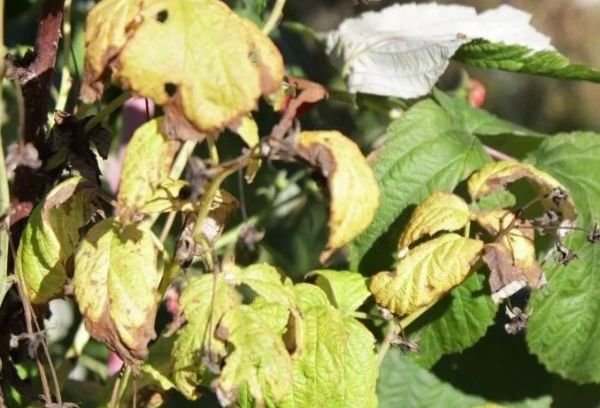

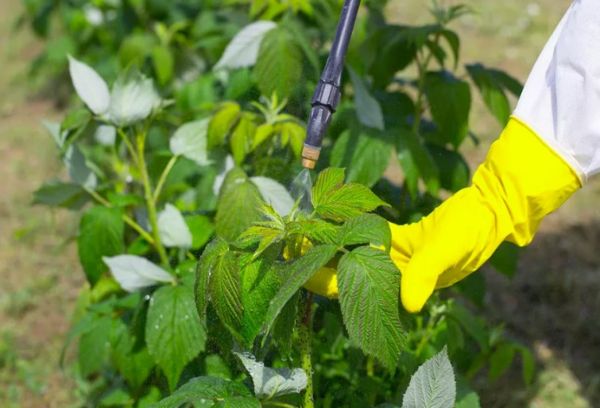
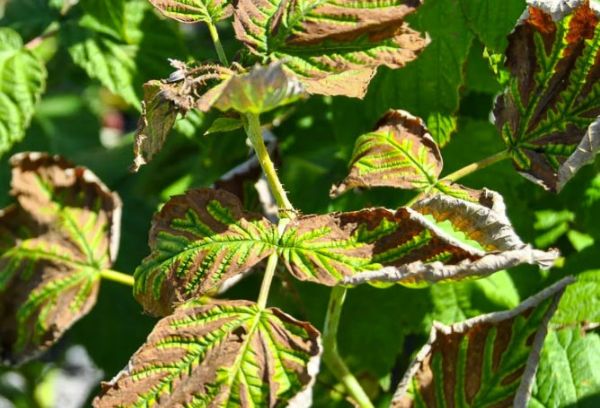
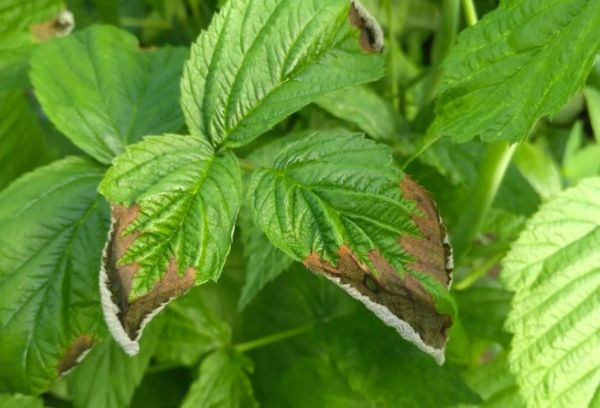
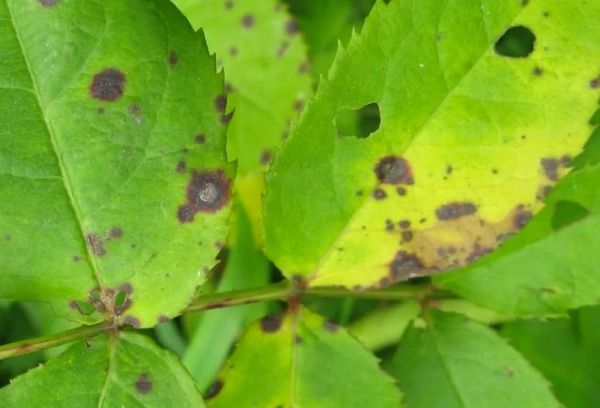
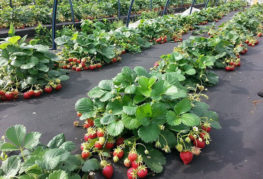
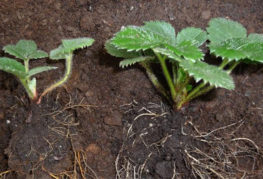
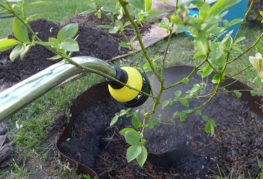

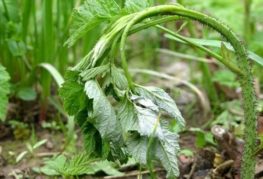
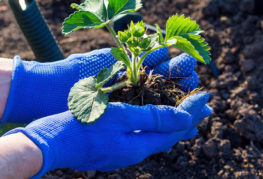
and will be published shortly.